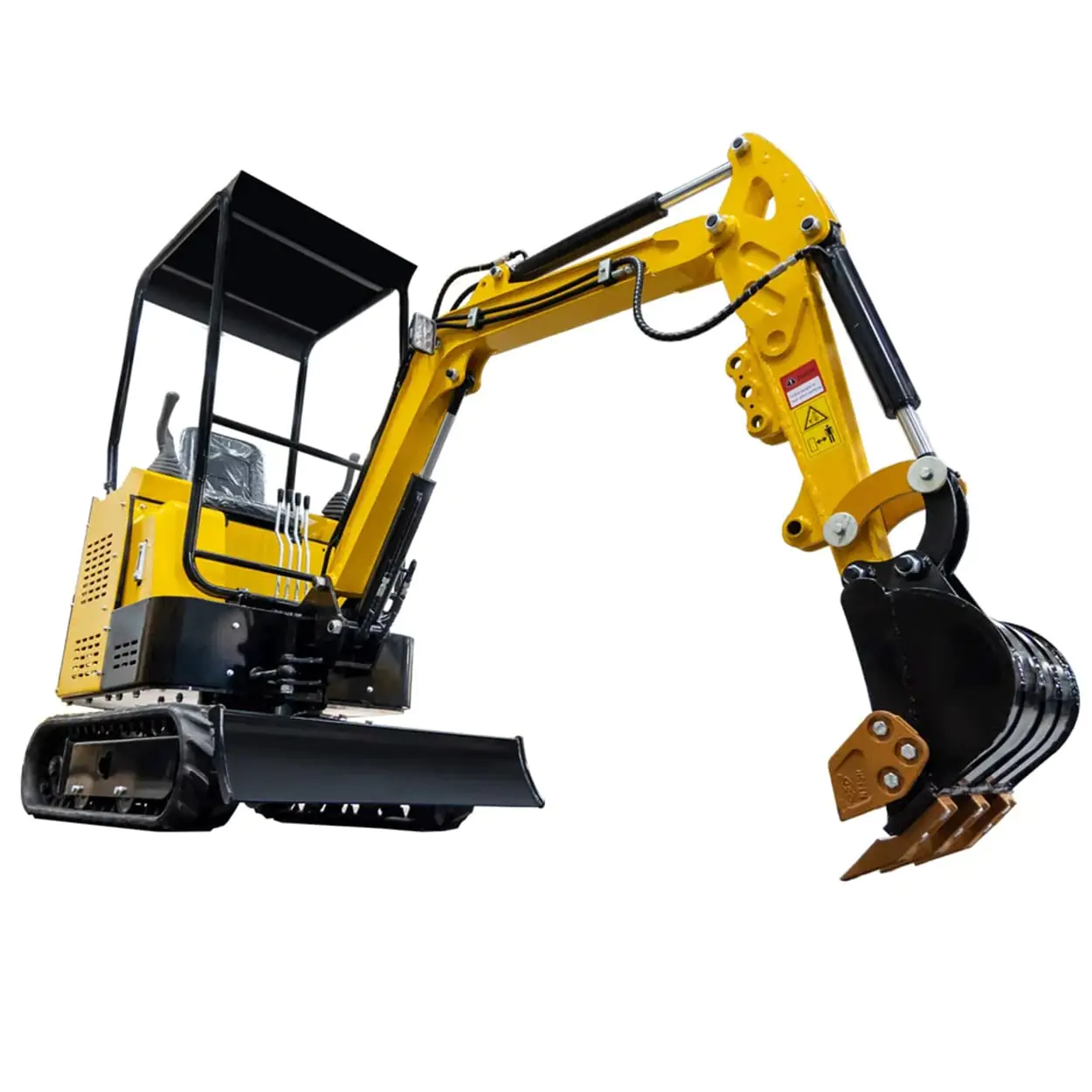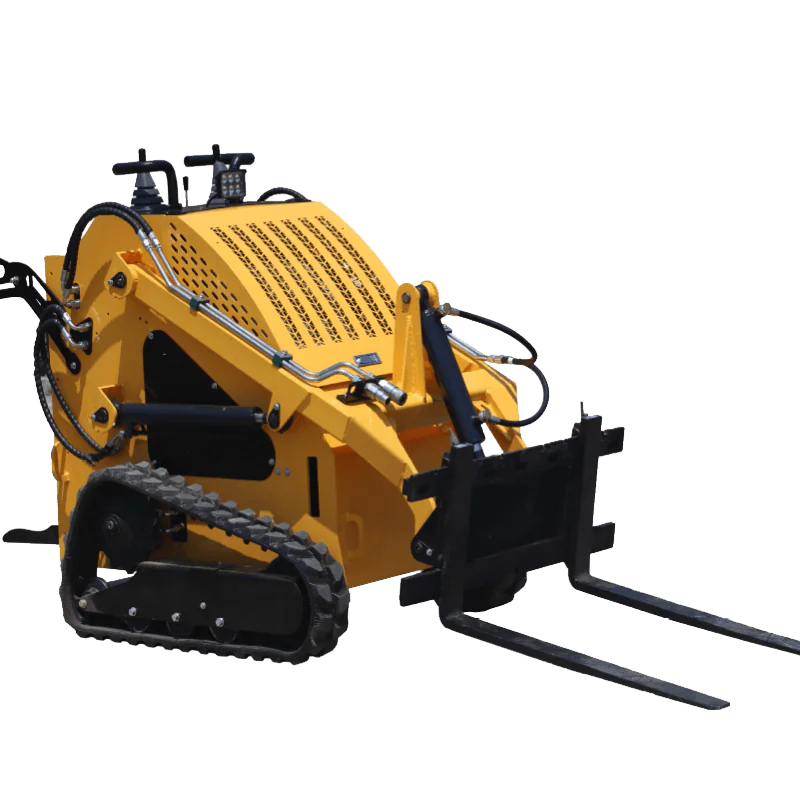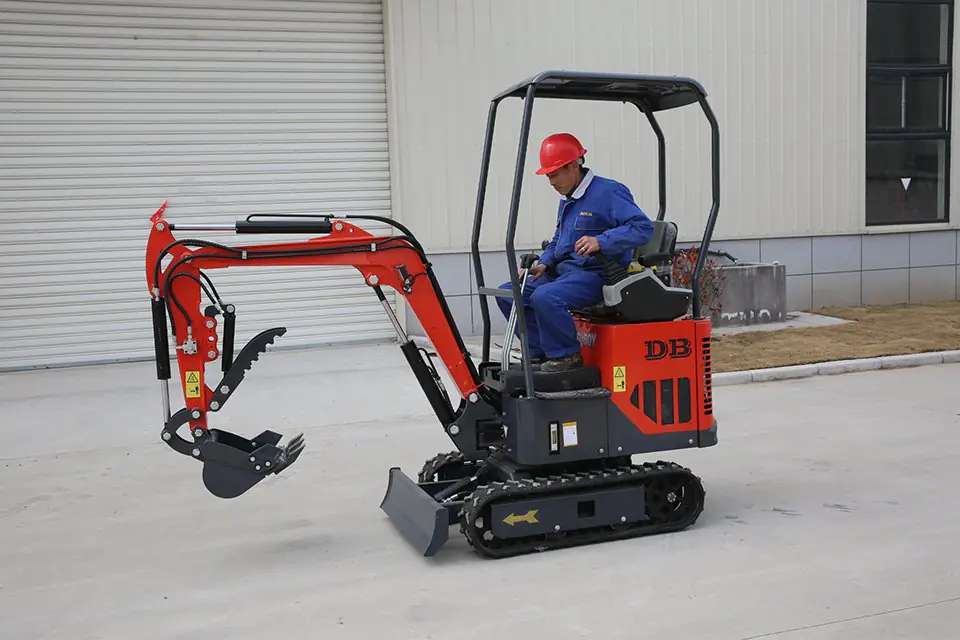Operating a skid steer loader can unlock a world of possibilities in construction, landscaping, and various other fields. Whether you’re a novice eager to learn how to operate this versatile machine or an experienced operator looking to refine your skills, this comprehensive guide is for you. We’ll delve into essential tips, safety practices, and advanced techniques to help you operate a skid steer like a pro. Read on to discover how mastering this piece of equipment can enhance your efficiency on the job site.

What Is a Skid Steer Loader and How Does It Work?
A skid steer loader is a compact, versatile piece of equipment commonly used in construction and landscaping. Characterized by its rigid frame and lift arms, it can be fitted with a wide variety of attachments to perform different tasks. Skid steers are known for their maneuverability, making them ideal for work in tight spaces.
This heavy equipment operates on a unique steering system where the wheels on each side are mechanically locked together but can be driven independently of the wheels on the opposite side. This allows the machine to turn by skidding or dragging its wheels across the ground, hence the name “skid steer.”
The Basics of Skid Steer Controls
Understanding the skid steer controls is crucial before you start operating the machine. Controls can vary depending on the type of skid steer, but most modern skid steers use either joystick controls or steering levers.
- Joystick Controls: In this setup, you typically have two joysticks. The left joystick controls the drive functions, allowing you to move forward, backward, and turn. The right joystick manages the lift and tilt functions of the loader arms and attachment.
- H-Pattern Controls: Some skid steers use the H pattern, where hand levers and foot pedals control the machine’s movements and functions.
Familiarize yourself with the controls by consulting the owner’s manual and, if possible, practicing in a safe, open area.
How to Start a Skid Steer
Starting a skid steer involves several important steps:
- Enter the Cab Safely: Use three points of contact (both hands and one foot or both feet and one hand) to enter the cab, reducing the risk of falls.
- Fasten Your Seat Belt: Always use the seat belt to keep you safe inside the cab.
- Lower the Safety Bar: If your skid steer has a safety bar, lower it into position. This engages the machine’s hydraulic functions.
- Start the Machine: Insert the key and turn the key to start the engine. Watch for any warning lights on the indicator light panel, usually located in the top right corner of the cab.
- Disengage the Parking Brake: Release the parking brake to prepare for operation.
Mastering Skid Steer Attachments
One of the most significant advantages of skid steers is their ability to use various attachments. From buckets and forks to augers and trenchers, these tools expand the machine’s versatility.
- Attaching Tools: Align the skid steer with the attachment and slowly drive forward until the mounting plate engages. Use the hydraulic levers to secure the attachment.
- Hydraulic Connections: Some attachments require hydraulic power. Connect the hydraulic hoses according to the manufacturer’s instructions.
- Safety Checks: Ensure the attachment is securely fastened before operation to prevent accidents.
Refer to the operator’s manual for specific instructions on attaching and detaching tools.
Driving a Skid Steer: Tips and Techniques
To drive a skid steer, you’ll need to understand its steering mechanics:
- Forward and Reverse: Pushing the joystick forward moves the skid steer forward, while pulling it pull back moves it in reverse.
- Turning: To turn left, push the right joystick forward while keeping the left joystick neutral or pulling it back slightly.
- Skid Steering: The machine turns by skidding its wheels. Be cautious on sensitive surfaces to avoid damage.
Skid steers offer excellent maneuverability but require practice to operate smoothly. Start slowly and familiarize yourself with the controls in an open space before tackling complex tasks.

Operating the Lift Arms and Hydraulic Functions
The lift arms are crucial for raising and lowering attachments:
- Raising the Lift Arms: Push the right joystick forward to raise the arms.
- Lowering the Lift Arms: Pull the right joystick back to lower them.
- Tilting Attachments: Move the joystick left or right to tilt the attachment, allowing for precise control when dumping materials or adjusting the angle.
Understanding these hydraulic functions is essential for efficient operation. Always operate the lift arms smoothly to maintain stability and prevent load spills.
Skid Steer Safety: Practices to Keep You Safe
Safety should always be a priority when operating any machinery:
- Proper Training: Ensure you have received safety training and are familiar with the machine’s operation.
- Use Safety Features: Always engage the parking brake and lower the safety bar when operating.
- Wear Protective Gear: Wear a hard hat, safety glasses, and steel-toed boots.
- Avoid Uneven Terrain: Be cautious on uneven terrain to prevent rollover accidents.
- Be Aware of Blind Spots: Use a backup camera if available and use a spotter when necessary.
By following these practices, you can safely operate the skid steer and minimize the risk of accidents.
Shutting Down a Skid Steer Properly
Proper shutdown procedures are essential for machine longevity and safety:
- Park Safely: Bring the machine to a complete stop on level ground.
- Lower Attachments: Lower the lift arms and attachment to the ground.
- Engage the Parking Brake: Activate the parking brake to prevent movement.
- Shut Down the Engine: Turn the key to shut off the engine.
- Exit Safely: Use three points of contact when exiting the cab.
Following these steps helps maintain the machine’s integrity and ensures it is ready for the next use.

Skid Steer vs. Other Heavy Equipment
When considering equipment for a project, it’s essential to understand the differences:
- Skid Steers: Ideal for tight spaces and versatile tasks due to their compact size and variety of attachments.
- Compact Track Loaders: Similar to skid steers but use tracks instead of wheels, providing better traction on soft or uneven surfaces.
- Heavy Equipment: Larger machines like excavators or bulldozers are suited for extensive earthmoving tasks.
Choosing between a skid steer and other equipment depends on your work area, task requirements, and terrain.
Advanced Tips to Become an Expert Skid Steer Operator
To elevate your skills:
- Practice Regularly: Consistent operation builds muscle memory.
- Learn Different Controls: Familiarize yourself with both ISO and H-pattern controls.
- Understand Your Machine: Know your skid steer’s operating capacity, lift capacity, and limitations.
- Use Your Skid Steer Efficiently: Select the right attachments for the job to maximize productivity.
- Consult the Operator’s Manual: Always refer to the manual for tips to keep your machine in optimal condition.
The Importance of Proper Maintenance
Maintaining your skid steer ensures longevity and performance:
- Regular Inspections: Check for wear and tear, especially on the hydraulic systems and attachments.
- Follow the Maintenance Schedule: Adhere to the machine’s recommended service intervals.
- Address Issues Promptly: Early detection of problems can prevent costly repairs.
By taking care of your equipment, you ensure it remains easy to operate and reliable.

Conclusion
Learning how to operate a skid steer opens up numerous opportunities in various industries. With its versatility and efficiency, mastering this machine can significantly enhance your capability on any job site. Remember to prioritize safety, understand your machine’s controls, and continuously practice to become an expert skid steer operator.
Summary of Key Points
- Understand Controls: Familiarize yourself with the skid steer’s controls, including joysticks and pedals.
- Safety First: Always use the seat belt and safety bars; undergo proper safety training.
- Use Attachments Wisely: Master the use of various attachments to enhance versatility.
- Regular Maintenance: Follow the maintenance schedule to keep your skid steer in top condition.
- Practice: Continuous practice and experience are vital to operating the skid steer efficiently.
- Consult Manuals: Always refer to the operator’s manual for specific guidance.
For more information on versatile skid steers and attachments, check out our Mini Skid Steer Loaders range. If you’re interested in compact excavation equipment, explore the 1.2 Ton (2500 Lb) Mini Excavator. For efficient landscaping solutions, consider our Remote Control Lawn Mower.












